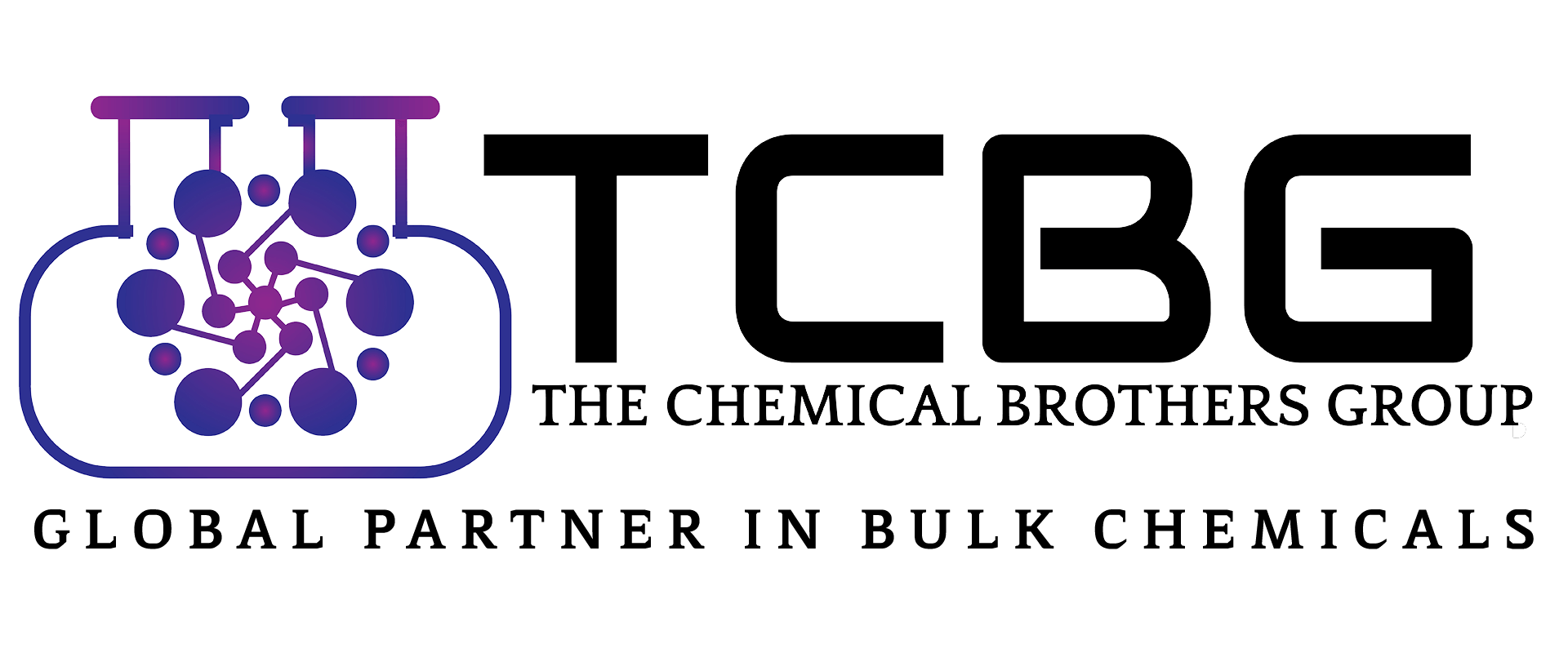Chlorine-based disinfectants are chemical
compounds containing chlorine that are used to kill or inactivate
microorganisms on surfaces, in water, and in various other applications. These
disinfectants work by releasing chlorine atoms or chlorine-containing compounds
that react with and disrupt the structures of microorganisms, such as bacteria,
viruses, and fungi.
Here are some common chlorine-based disinfectants along with their CAS numbers:
1. Sodium Hypochlorite (NaClO):
-
CAS Number: 7681-52-9
2. Calcium Hypochlorite (Ca(ClO)2):
-
CAS Number: 7778-54-3
3. Chlorine Gas (Cl2):
-
CAS Number: 7782-50-5
4. Chloramine-T (N-Chloro-p-toluenesulfonamide):
-
CAS Number: 127-65-1
5. Sodium Dichloroisocyanurate (NaDCC):
-
CAS Number: 2893-78-9
These chlorine-based disinfectants are used in various settings, including:
- Water Treatment: Chlorine-based disinfectants are commonly used to treat drinking water and wastewater to kill harmful microorganisms and prevent the spread of waterborne diseases.
- Swimming Pools: Chlorine-based disinfectants such as sodium hypochlorite and calcium hypochlorite are used to disinfect swimming pool water and maintain water quality.
- Surface Disinfection: Chlorine-based disinfectants are used to disinfect surfaces in healthcare facilities, food processing plants, households, and other settings to prevent the transmission of infectious diseases.
- Food Processing: Chlorine-based disinfectants are used to sanitize equipment, utensils, and food contact surfaces in food processing facilities to prevent contamination and ensure food safety.
It's important to use chlorine-based disinfectants according to the manufacturer's instructions and to follow safety precautions to avoid adverse effects on human health and the environment. Additionally, chlorine-based disinfectants should be stored and handled properly to prevent accidents and exposure.
If you need further information or have specific questions, feel free to ask!

.jpg)
